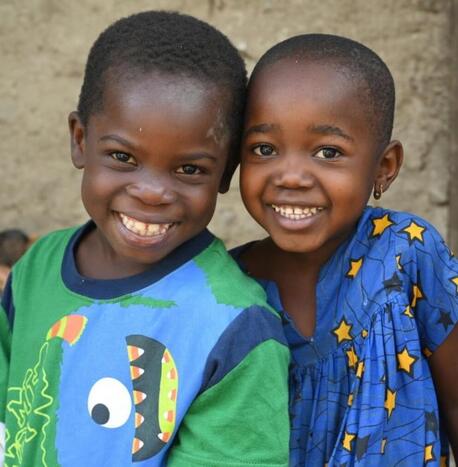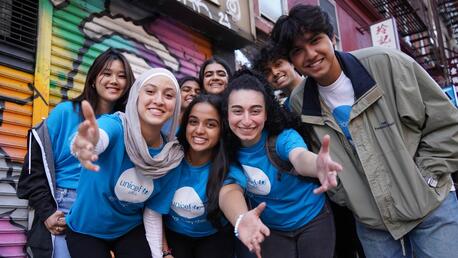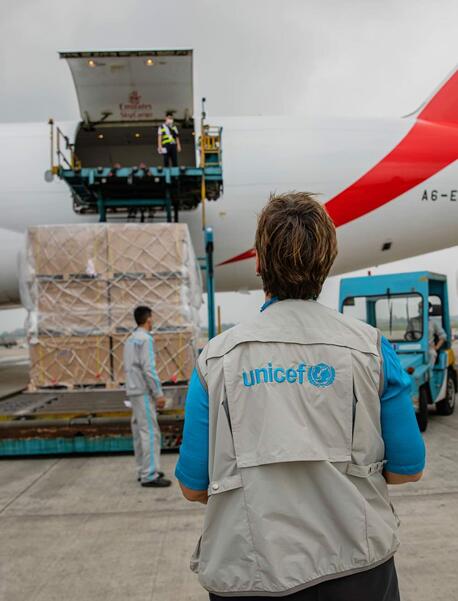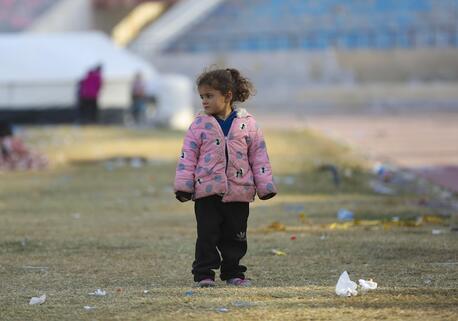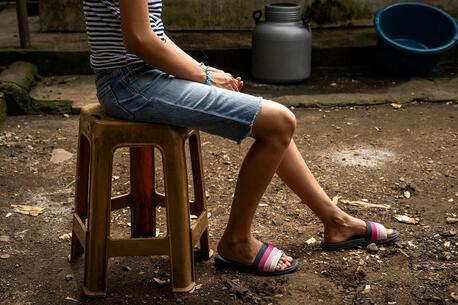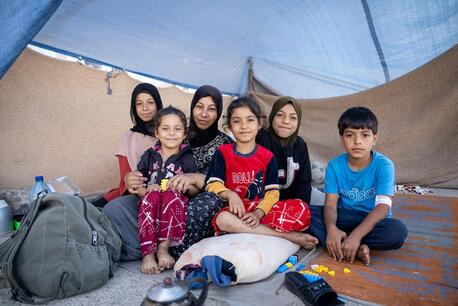UNICEF: Prevalence of Sexual Assault Underscores Need for Action to Protect Girls
In fragile settings, 1 in 4 girls are raped or sexually assaulted
More than 370 million girls and women alive today – or 1 in 8 – experienced rape or sexual assault before the age of 18, according to new data from UNICEF.
"The figures are even more shocking if we take into account non-contact forms of abuse, and there we see it rise to 1 in 5 females," UNICEF Child Protection Specialist Afrooz Kaviani Johnson said in an interview with CBS News Radio. That works out to about 650 million women and girls subjected to violence in childhood globally. Non-contact forms of violence include online and verbal abuse.
"[I]t could be sexual harassment, sexual bullying, it could be exposing children to pornography,… sexual grooming of children – things that don't necessarily have that physical contact element,” Kaviani Johnson told U.S. News and World Report. “With digital technology and the online space, these kinds of forms have exploded.”
In fragile settings — places where there is conflict and displacement as people flee political or security crises — girls are at even greater risk, with the prevalence of rape and sexual assault in childhood at 1 in 4 girls, or more than twice the global average.
"We are witnessing horrific sexual violence in conflict zones, where rape and gender-based violence are often used as weapons of war," UNICEF Executive Director Catherine Russell said, calling sexual violence against children a “stain on our moral conscience.”
Sub-Saharan Africa has the highest number of cases, followed by East and Southeast Asia. UNICEF researchers gathered national statistics from 120 countries and territories for 2010 through 2022 to produce the report, the first of its kind to provide global and regional estimates.
Most childhood sexual violence occurs during adolescence
For UNICEF, the data underscore the need for comprehensive prevention and support strategies, especially for adolescent girls.
Most childhood sexual violence occurs during adolescence, with a significant spike between ages 14 and 17, the data show. Implementing targeted interventions during adolescence is therefore crucial to breaking the cycle and mitigating the long-term impacts of such trauma.
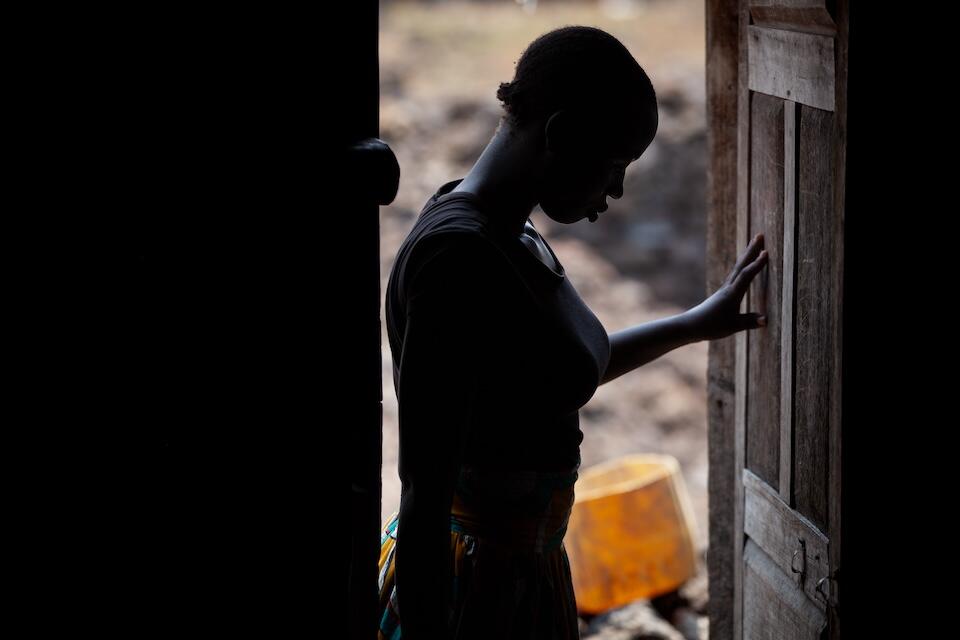
Survivors often carry the trauma of sexual violence into adulthood, facing higher risks of sexually transmitted diseases, substance abuse, social isolation and mental health issues like anxiety and depression, as well as challenges in forming healthy relationships. Evidence shows that the impact is further compounded when children delay disclosing their experiences, sometimes for long periods, or keep the abuse secret altogether.
What needs to be done to break the cycle
To address the problem more effectively, UNICEF calls on government and civil society leaders and other stakeholders to advance solutions that:
- challenge and change social and cultural norms that allow sexual violence to occur and discourage children from seeking help
- equip every child with accurate, accessible and age-appropriate information that empowers them to recognize and report sexual violence
- ensure that every child victim and survivor has access to services that support justice and healing and reduce the risk of further harm
- strengthen laws and regulations to protect children from all forms of sexual violence, including in organizations that work with children, and investing in the people, resources and systems needed to implement them
- build better national data systems to monitor progress and ensure accountability by implementing international standards like the International Classification of Violence Against Children
Although more girls and women are affected, and their experiences are better documented, boys and men are also impacted, the data show. An estimated 240 to 310 million boys and men – or around 1 in 11 – have experienced rape or sexual assault during childhood. This estimate rises to between 410 and 530 million when non-contact forms of violence are included.
Persistent data gaps, particularly on boys’ experiences and non-contact forms of sexual violence, highlight the need for increased investment in data collection to capture the full scale of sexual violence against children.
UNICEF is highlighting the issue as government leaders, activists, survivors of violence and young people prepare to meet at the inaugural Global Ministerial Conference on Violence Against Children in Bogotá Nov. 7-8.
UNICEF works in over 190 countries and territories to create a more equitable world where every child is protected and respected, healthy and educated. Your tax-deductible donation can make a difference.
HOW TO HELP
There are many ways to make a difference
War, famine, poverty, natural disasters — threats to the world's children keep coming. But UNICEF won't stop working to keep children healthy and safe.
UNICEF works in over 190 countries and territories — more places than any other children's organization. UNICEF has the world's largest humanitarian warehouse and, when disaster strikes, can get supplies almost anywhere within 72 hours. Constantly innovating, always advocating for a better world for children, UNICEF works to ensure that every child can grow up healthy, educated, protected and respected.
Would you like to help give all children the opportunity to reach their full potential? There are many ways to get involved.
